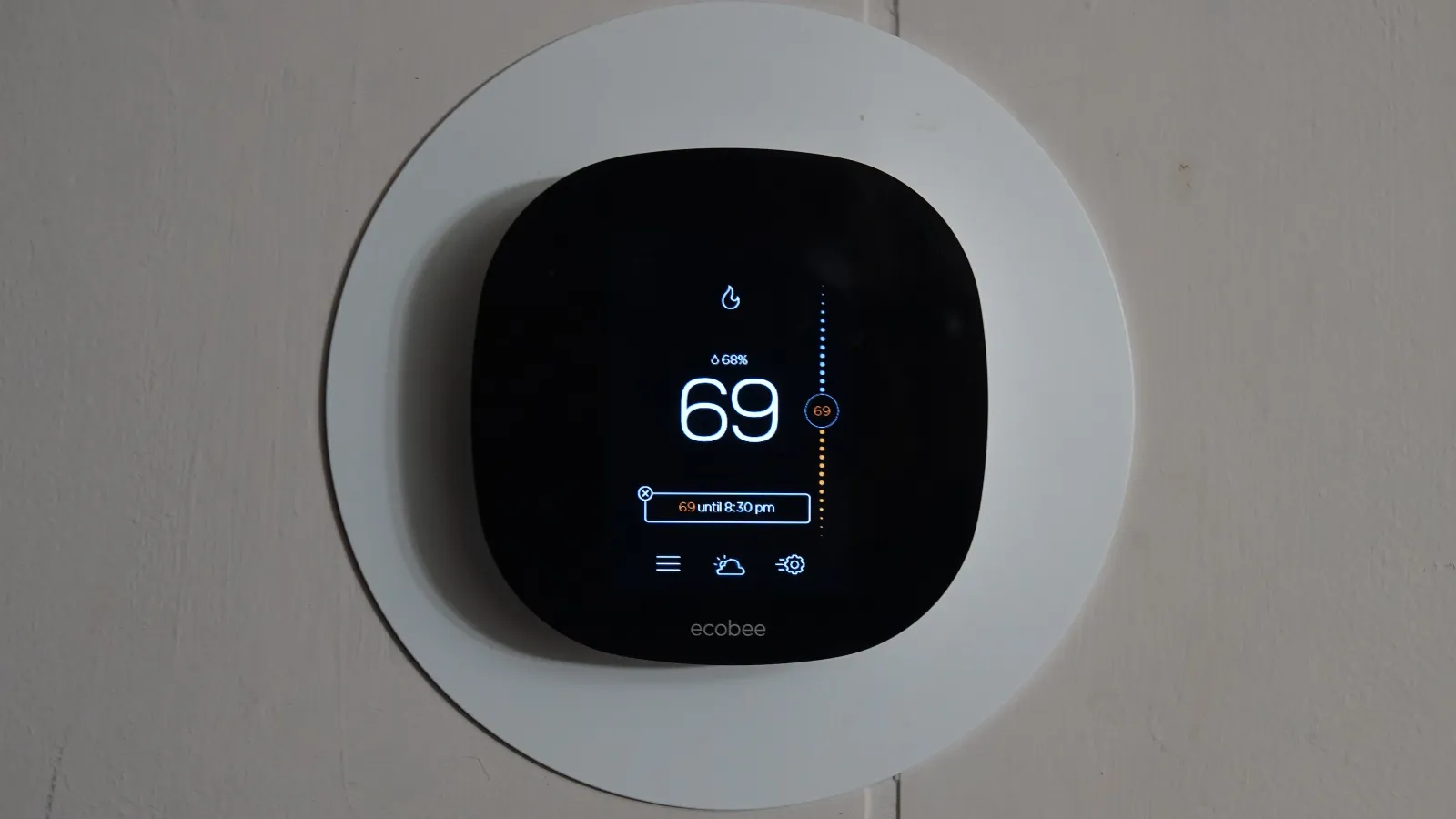Thermostat Troubleshooting Guide

Do you immediately think that there's a problem with your HVAC system when experiencing a heating or cooling problem? However, some heating and cooling issues actually derive from thermostats. Therefore, when experiencing HVAC issues, determine the real culprit.
Your HVAC System Won't Run
Thermostats malfunction in several ways. Fortunately, fixing or even replacing a thermostat offers an economical solution versus repairing or replacing a furnace or HVAC unit. Here are a few potential issues you may be encountering and how to troubleshoot the problem.
If your HVAC system won't run at all, you may fear the worst. However, this issue could be something as simple as a blown fuse or tripped circuit breaker. To diagnose this issue:
- flip the circuit switch into the off position.
- flip the switch back into the on position.
If your HVAC system powers back up, you've likely diagnosed and solved the problem at the same time.
For thermostats powered by batteries, try replacing the batteries. Sometimes, it's a simple power issue that's impacting your home's comfort level. You can also try to remove your thermostat's cover or casing to inspect the condition of the interior components. If accumulated dust is present, carefully clean it out using a soft, small brush.
While you have the casing off, you can also check for loose or disconnected wires. Be sure to cut the power supply or disconnect the thermostat before working with or near the wires, and don't attempt to reconnect wires yourself if you're not experienced in working with electronics.
What if You Have a Connected Thermostat?
For connected thermostats, like the Nest, check for software-related issues. For instance, in early 2016, a widespread glitch occurred among many Nest devices. A faulty software update caused the issues and the company rectified the problem with an over-the-air update to connected devices. If you have a connected thermostat, it's a good idea to check with the manufacturer to find out if there are known issues and if any updates are available to solve the problem.
The Room Temperature Doesn't Match the Thermostat
If you have your thermostat set to a comfortable 68 degrees Fahrenheit, but it feels more like the Arctic Circle, there are a few possibilities:
- the thermostat may not be level.
- dirt may have accumulated inside your thermostat.
- thermostats installed in a drafty spot or a location receiving direct sunlight.
Most of these issues have obvious solutions. It's a good idea to verify that the thermostat is level to start with, and then make sure there's no dirt and dust inside the unit. For another quick fix, use a small, soft brush to clean it out gently. If the problem persists, troubleshoot the following symptoms:
- check for proper thermostat installation.
- check the location of the thermostat avoiding drafts or direct sunlight.
If you installed your thermostat yourself, walk through the steps again to identify any potential problems. For problems that remain call a professional HVAC technician for help.
Your Thermostat Powers Down Unexpectedly or Won't Turn Off
A thermostat that suddenly turns off on its own, or one that doesn't seem to want to turn off when you want it to, you might also be dealing with a dirty thermostat. Remove the casing, cautiously, and carefully clean out any dirt and dust trapped inside.
If you have a mechanical thermostat, the issue may be caused by a malfunctioning part, such as the anticipator. If you're not experienced in working with the inner components of a thermostat, it's a good time to call in a trusted HVAC professional for help. A professional may be able to replace the individual component, or it may be more economical to simply replace the entire thermostat.
If you've investigated these potential thermostat problems, but your heat or A/C is still not functioning, you might be facing a problem with your HVAC system. If you've ruled out office mates or family members adjusting the thermostat in protest about the ambient temperature, call an HVAC professional who can inspect both your thermostat and your HVAC system overall to pinpoint the issue and recommend a solution.

